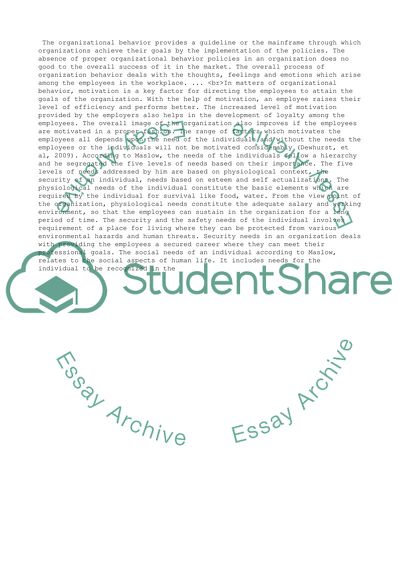Cite this document
(“Organizational behavior in International Business Machine (IBM) Case Study”, n.d.)
Retrieved from https://studentshare.org/management/1395000-organizational-behavior-case-study
Retrieved from https://studentshare.org/management/1395000-organizational-behavior-case-study
(Organizational Behavior in International Business Machine (IBM) Case Study)
https://studentshare.org/management/1395000-organizational-behavior-case-study.
https://studentshare.org/management/1395000-organizational-behavior-case-study.
“Organizational Behavior in International Business Machine (IBM) Case Study”, n.d. https://studentshare.org/management/1395000-organizational-behavior-case-study.


